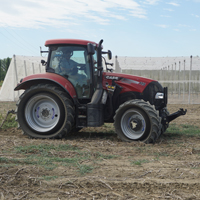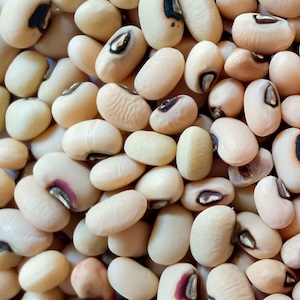Tractive performance of Trelleborg PneuTrac tyres

All claims expressed in this article are solely those of the authors and do not necessarily represent those of their affiliated organizations, or those of the publisher, the editors and the reviewers. Any product that may be evaluated in this article or claim that may be made by its manufacturer is not guaranteed or endorsed by the publisher.
Authors
In the last decades, heavier and more powerful tractors were introduced to the market and they require bigger tyres in order to exert higher traction forces but also to limit soil compaction. Therefore, different solutions were proposed by manufacturers to increase the footprints of traction elements, so that a higher drawbar pull is allowed especially in cohesive soils. However, these solutions have provided a limited increase in the traction efficiency. Recently, Trelleborg have developed a tyre named PneuTrac. The main feature of this tyre lies in the fact that the carcass is radially flexible like a standard radial tyre, but still able to support cornering loads like tracks. This allows the tyre to run with a very low inflating pressure. The aim of this paper was to compare the tractive performance of a set PneuTrac with that of an equivalent set of standard radial tyres. Both types of tyre were mounted on the same tractor, equipped with a CAN-Bus data logger, a load cell and a GPS receiver to measure the drawbar pull and other vehicle operating parameters. Drawbar tests were carried out in three different soil conditions. Results show that PneuTrac performance was slightly less affected by soil conditions than in the case of traditional radial tyres. Overall, PneuTrac tyres permit to increase the drawbar pull up to 5.7% and to reduce slip. PneuTrac tyres also provided a 7.7% increase in the power delivery efficiency with respect to traditional radial tyres.












